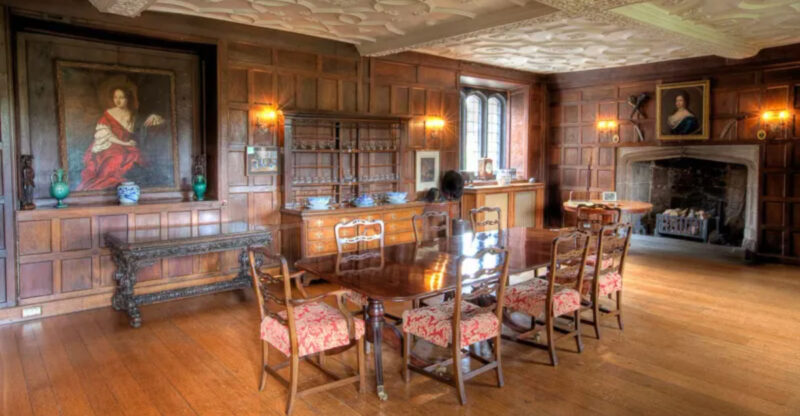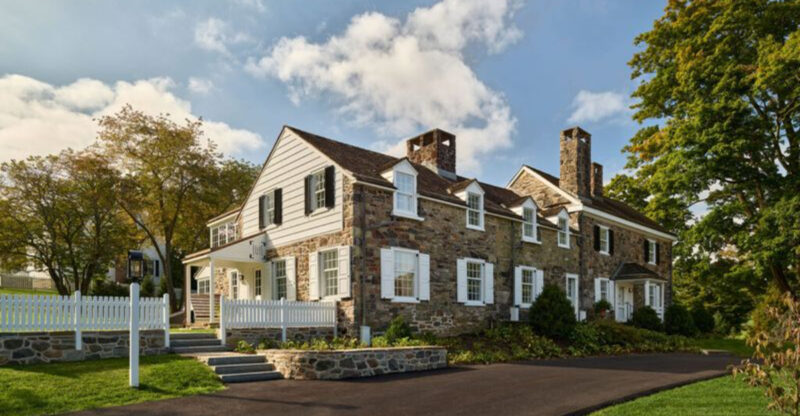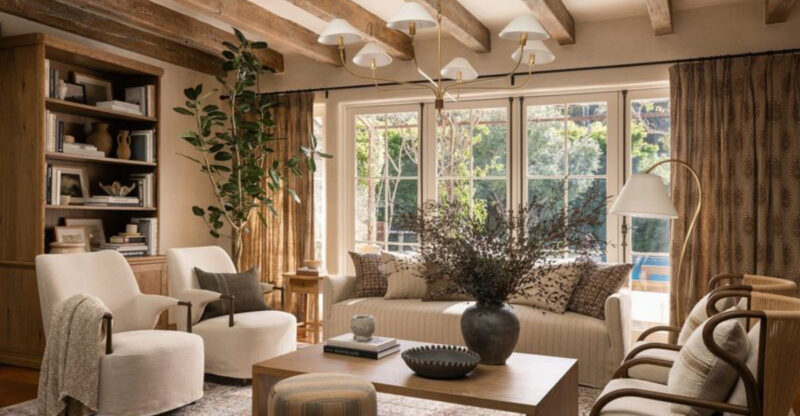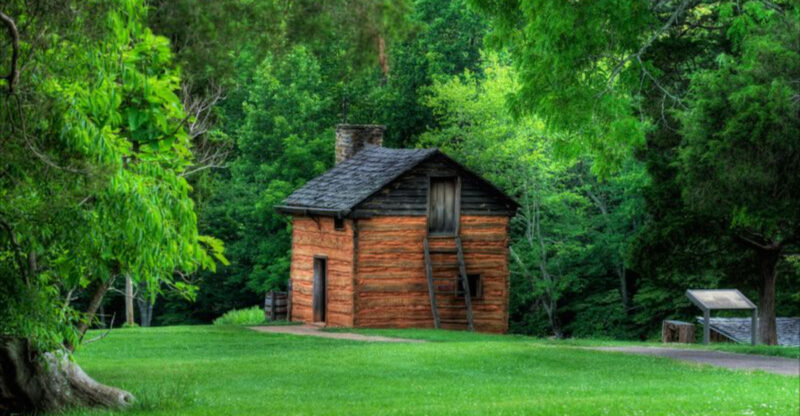22 Photos That Show What American Homes Truly Looked Like 100 Years Ago
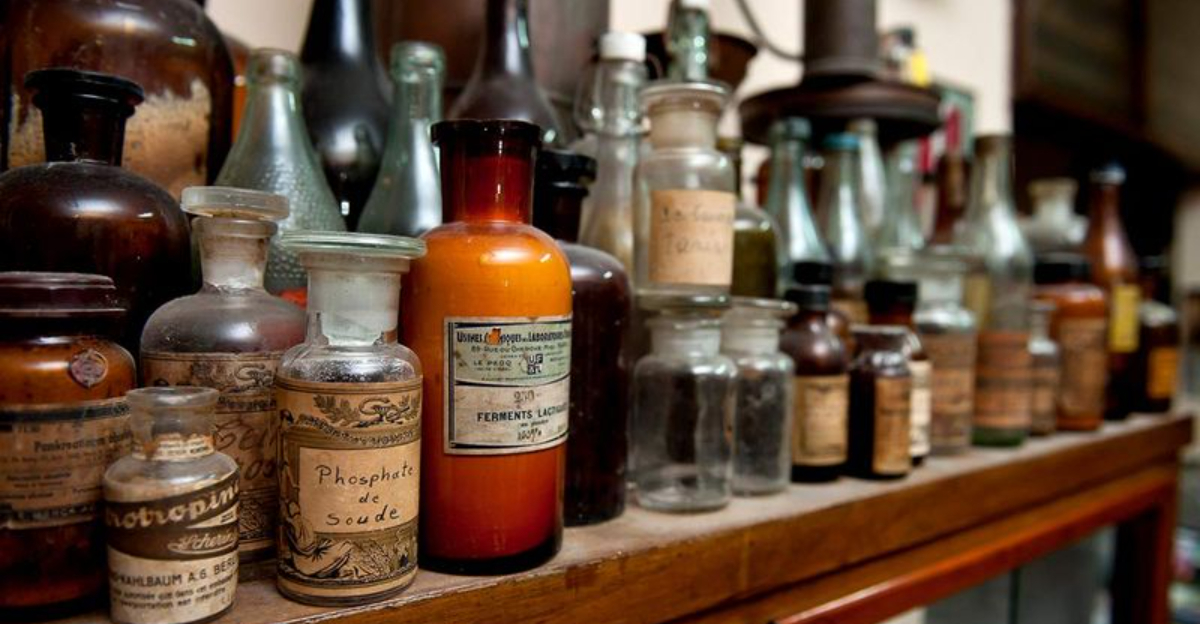
Step back in time to the 1920s, when American homes looked vastly different than they do today. Without modern conveniences we take for granted, families lived in spaces that reflected both the technological limitations and cultural values of their era.
These fascinating glimpses into the past reveal how our great-grandparents actually lived day to day.
1. Parlor Pride And Joy

Formal entertaining spaces took center stage in 1920s architecture. Parlors featured ornate furniture with carved wooden frames and velvet upholstery, often arranged symmetrically around a central fireplace.
These rooms weren’t for everyday use. Reserved for Sunday gatherings or special visitors, parlors showcased a family’s finest possessions, from delicate china figurines to framed family photographs.
2. Kitchen Workhorses
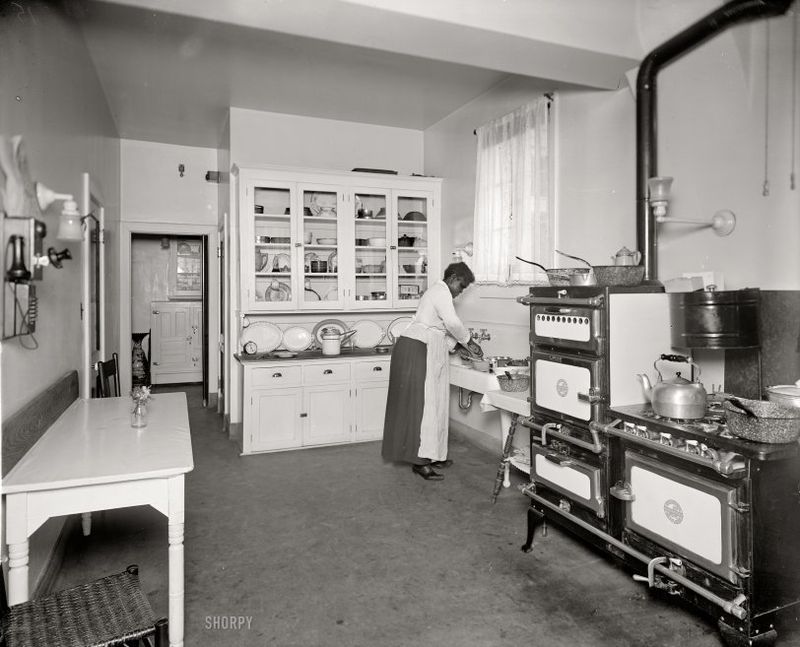
Before electric refrigerators became common, iceboxes kept food cool using actual blocks of ice delivered weekly. A zinc-lined wooden cabinet with compartments for ice and food was the heart of food preservation.
Kitchens featured cast iron wood-burning stoves that required constant attention. Housewives started their mornings by stoking fires, a labor-intensive process that modern homeowners can hardly imagine.
3. Bathing Rituals

Luxury wasn’t part of the equation when it came to personal hygiene. Many homes featured portable tin tubs stored on hooks when not in use, brought out weekly for family bathing sessions.
Water had to be heated on the stove and carried bucket by bucket. Family members often shared the same bathwater, with the cleanest person (usually the father) bathing first, followed by mother, children, and finally babies.
4. Telephone Nooks
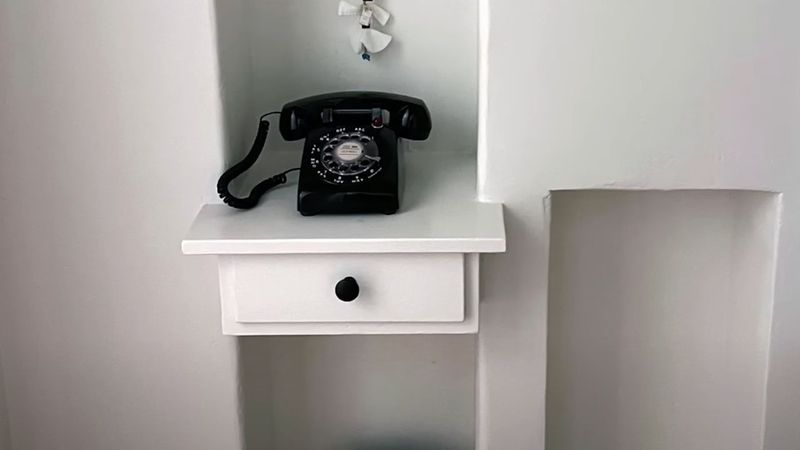
Communication hubs looked quite different a century ago. Telephones weren’t in every home, and those lucky enough to have one displayed it prominently in a dedicated nook or small table in the hallway.
Early models featured separate ear and mouthpieces, requiring users to stand close by during conversations. Party lines meant neighbors could potentially listen in, making private conversations nearly impossible in many communities.
5. Front Porch Living Rooms
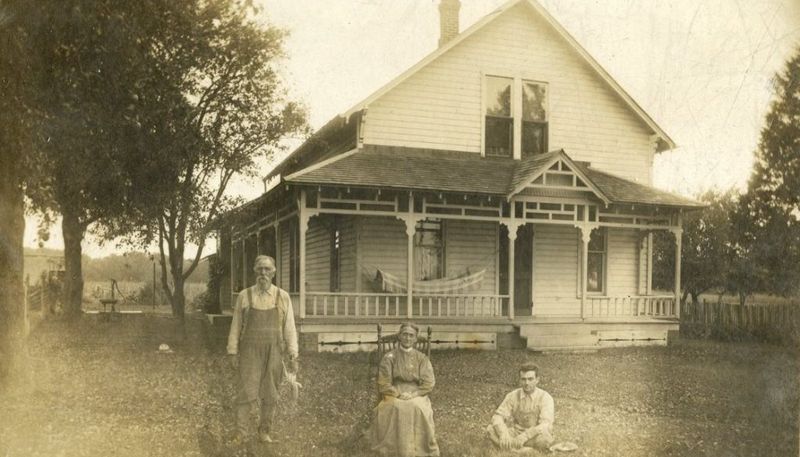
Social life spilled outdoors in the era before air conditioning. Generous front porches served as additional living spaces during warm months, often featuring wicker furniture, porch swings, and potted ferns.
Families gathered here after dinner to catch evening breezes. Neighbors walking by would stop for impromptu visits, creating natural community connections that many modern neighborhoods lack with their garage-dominated facades.
6. Laundry Day Struggles

Monday traditionally meant backbreaking work for housewives. Without modern washing machines, laundry required heating water in large copper boilers on the stove, scrubbing clothes on washboards, and wringing them by hand.
Clean wet laundry then had to be carried outside and hung on clotheslines. The process took an entire day of physical labor, explaining why many families owned fewer clothes than we do today.
7. Radio Entertainment Centers
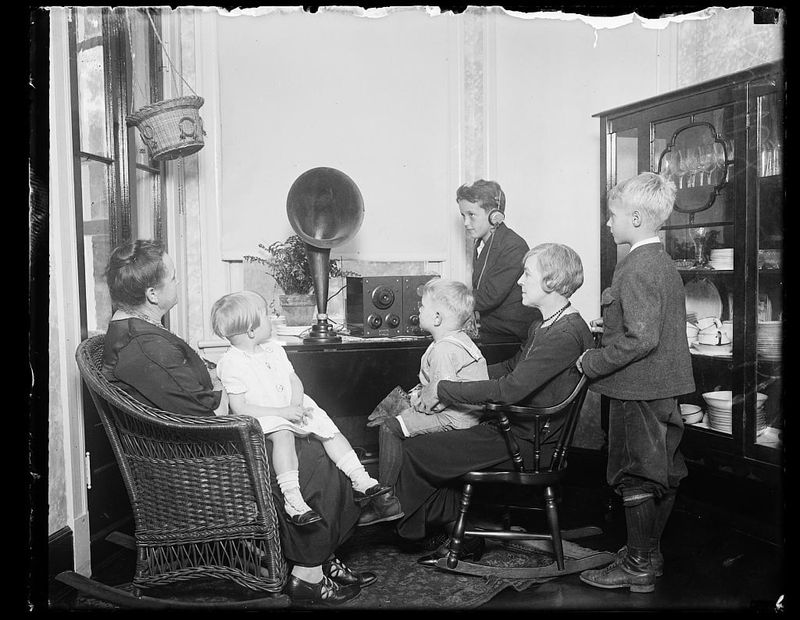
Gathering spots evolved around new technology. Families arranged furniture to face the prized radio cabinet, which stood as the entertainment focal point before television existed.
Evening routines revolved around favorite programs. Children sprawled on the floor while adults claimed the best chairs, everyone listening intently to comedies, dramas, and news broadcasts that sparked imagination in ways screens never could.
8. Icebox Deliveries
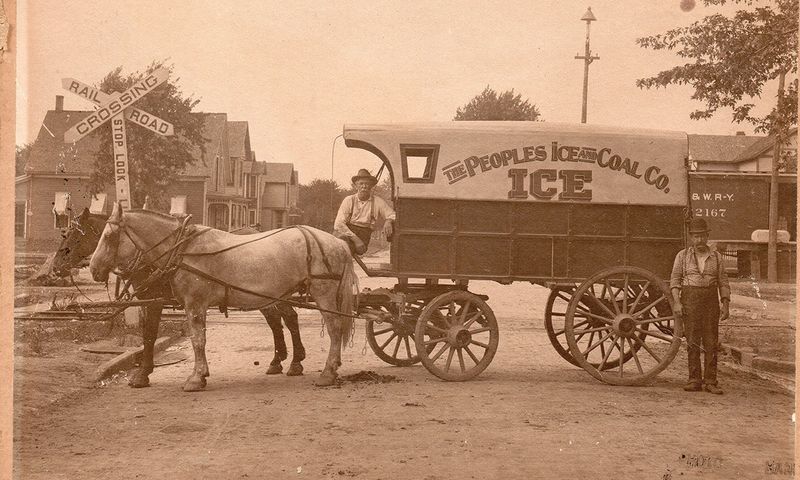
Regular visitors were essential to home functioning. Ice delivery men came weekly, carrying heavy blocks with large tongs up to houses where they’d stock the family icebox.
Children often followed the ice wagon on hot days. Clever youngsters would snatch fallen ice chips as treats, providing momentary relief from summer heat in an era before widespread home air conditioning or electric refrigeration.
9. Sleeping Porches
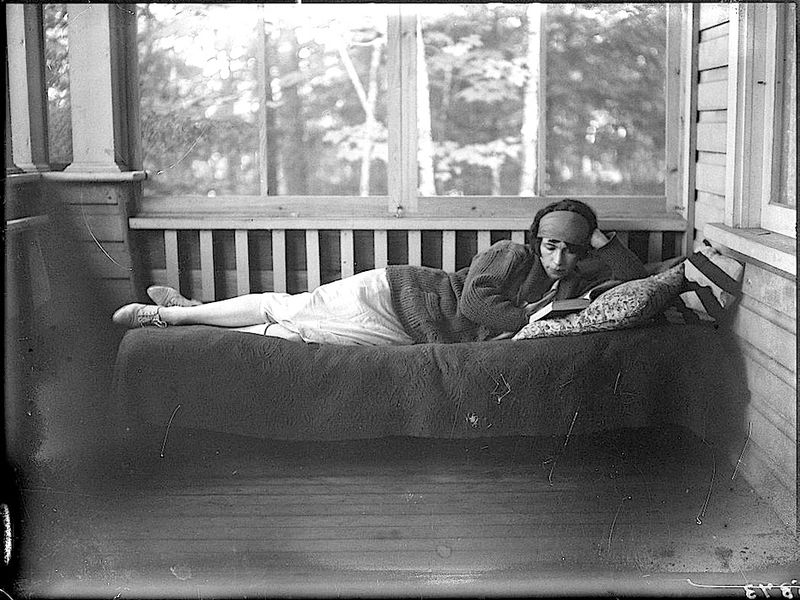
Summer heat solutions were architectural rather than mechanical. Many homes featured sleeping porches—screened outdoor spaces with beds where family members slept during hot weather.
These practical rooms caught evening breezes, making summer nights bearable. The concept fell from favor as air conditioning became common, but these airy spaces provided both comfort and connection to nature that modern bedrooms often lack.
10. Coal Cellar Necessities
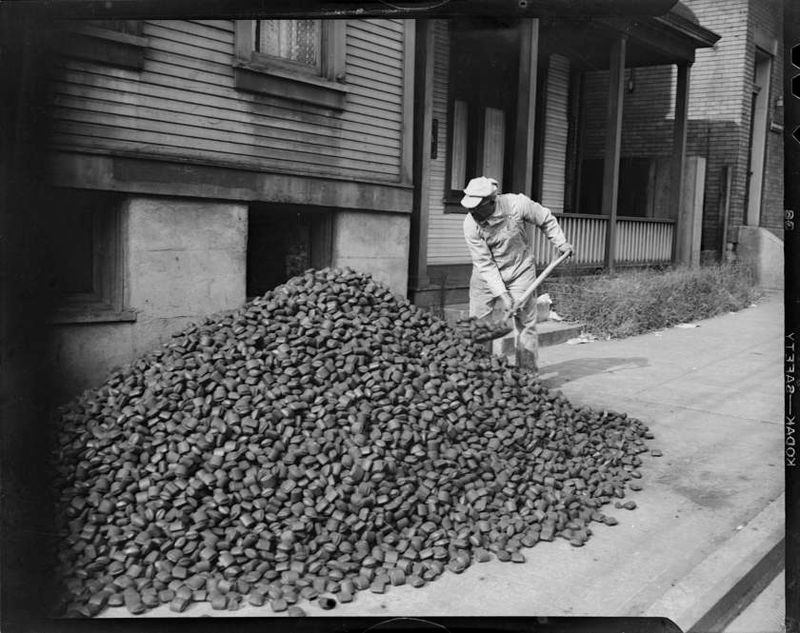
Hidden below many homes, coal cellars stored the winter’s heating fuel. Delivery trucks would pour coal down chutes into these dark storage areas, creating a dusty but essential household resource.
Family members, often children, had the daily chore of carrying coal scuttles upstairs to feed heating stoves. The sooty, labor-intensive heating system required constant attention to maintain warmth throughout cold months.
11. Pantry Preservation Centers
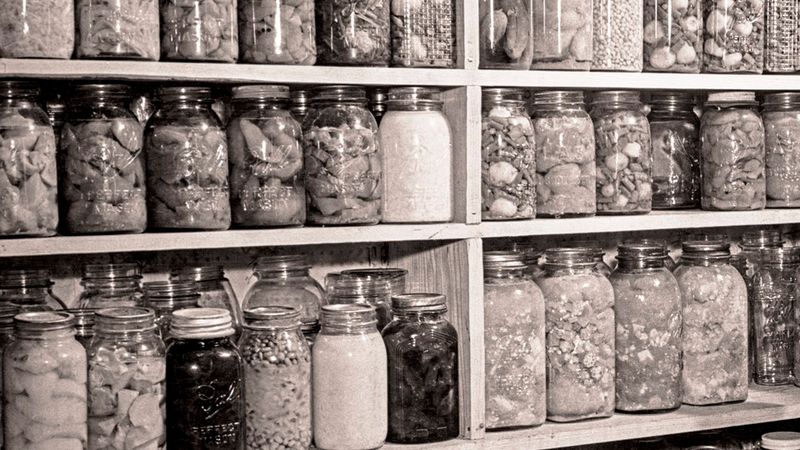
Food security came from careful planning. Walk-in pantries featured floor-to-ceiling shelves lined with home-canned fruits, vegetables, pickles, and preserves in glass jars with wire-bail lids.
Summer and fall harvests meant intensive canning sessions. Families relied on these preserved foods throughout winter months when fresh produce was unavailable or prohibitively expensive, creating a self-sufficient food system many modern Americans have abandoned.
12. Sewing Corners

Practical creativity happened in dedicated spaces. Many homes featured sewing corners with treadle machines operated by foot power rather than electricity, surrounded by fabric scraps and mending baskets.
Clothing was a significant investment. Families extended garment life through careful mending, with skills passed down through generations. Children learned to sew alongside mothers and grandmothers, creating practical household textiles and maintaining existing wardrobes.
13. Multi-Generation Bedrooms

Privacy wasn’t the priority it is today. Bedrooms often housed multiple family members, with children sharing beds and rooms as a matter of course rather than economic necessity.
Furniture was minimal by modern standards. A single dresser might serve several people, with simple iron bedsteads and handmade quilts providing necessary comfort without the extensive bedroom suites modern consumers expect.
14. Root Cellar Storage

Natural refrigeration systems utilized earth’s cooling properties. Root cellars—underground rooms accessed through trapdoors or external entrances—maintained cool, stable temperatures year-round without electricity.
Families stored potatoes, onions, apples, and root vegetables in these spaces. The natural humidity and cool temperatures kept produce fresh for months, extending harvest bounty through winter when grocery stores weren’t readily accessible in many communities.
15. Back Porch Utility Spaces
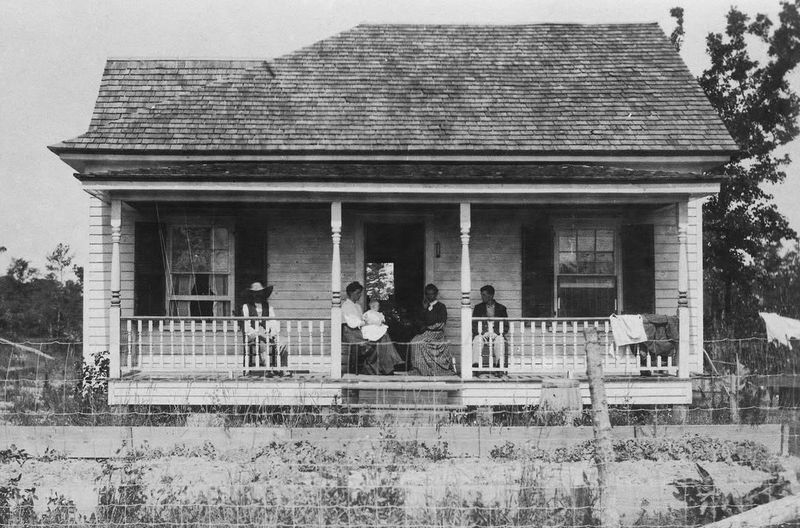
Practical transitions between outdoors and in were essential. Back porches served as mudrooms, laundry areas, and seasonal workspaces for messy household tasks like vegetable preparation or meat processing.
Hooks held work clothes and tools along the walls. Washbasins allowed for cleaning up before entering the main house, while screened windows kept insects at bay during food preparation or preservation activities.
16. Home Office Corners
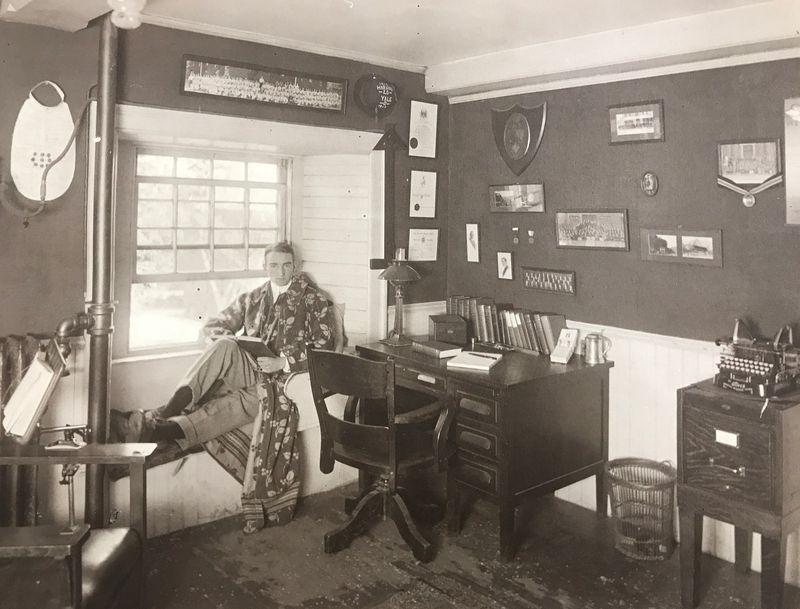
Business happened at home long before remote work became trendy. Small writing desks tucked into living areas or bedrooms provided space for household accounting, correspondence, and bill paying.
These modest workspaces featured inkwells, blotters, and fountain pens. Family financial records were meticulously maintained in ledger books, with household accounts balanced regularly in an era before electronic banking simplified personal finance.
17. Dining Room Formality

Mealtime rituals reflected social values of the era. Dining rooms featured heavy wooden tables and chairs, often with a matching buffet displaying the family’s best china and silver.
Table settings followed strict etiquette rules. Even modest homes maintained formal dining spaces where families gathered for meals at regular times, with children expected to practice proper manners and participate in mealtime conversation.
18. Wood Box Necessities

Constant fuel management was part of daily life. Wood boxes – large containers kept near kitchen stoves and heating stoves – required regular filling by family members assigned to this essential chore.
Children often took responsibility for keeping wood boxes stocked. The simple wooden containers represent the continuous labor required to maintain basic comfort in an era before thermostats and automatic heating systems simplified home temperature regulation.
19. Entry Hall Practicalities

First impressions balanced function with formality. Entry halls featured hat racks, umbrella stands, and often a small table for calling cards left by visitors when family members weren’t home.
These spaces served as temperature buffers between outdoors and in. The practical transition areas prevented heat loss in winter while maintaining a proper welcome for guests, reflecting both the social customs and energy conservation needs of the era.
20. Nursery Simplicity
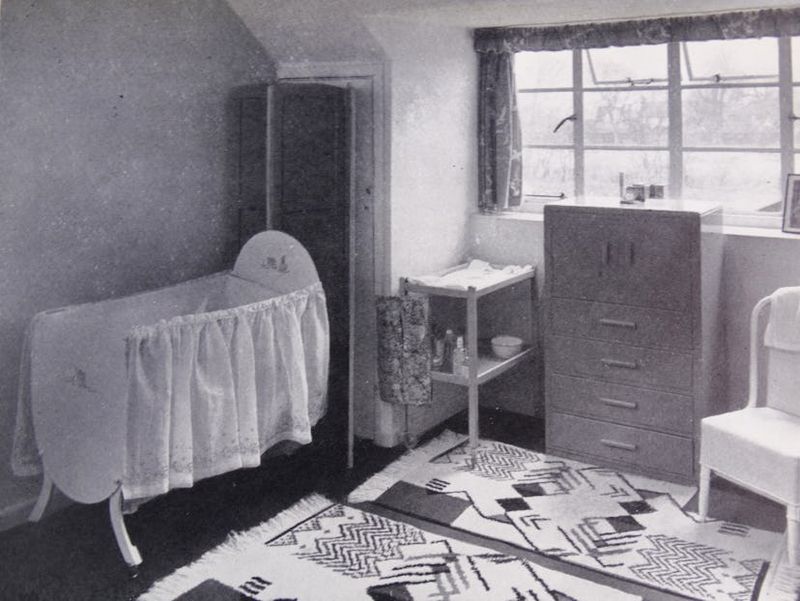
Baby care looked remarkably different a century ago. Nurseries featured wooden cribs, often hand-me-downs used for generations, simple rocking chairs for night feedings, and minimal decorative elements.
Cloth diapers hung to dry on nursery lines. Baby care relied on practical, reusable items rather than the disposable products modern parents consider essential, reflecting both economic necessity and the sustainable practices of the era.
21. Attic Storage Solutions
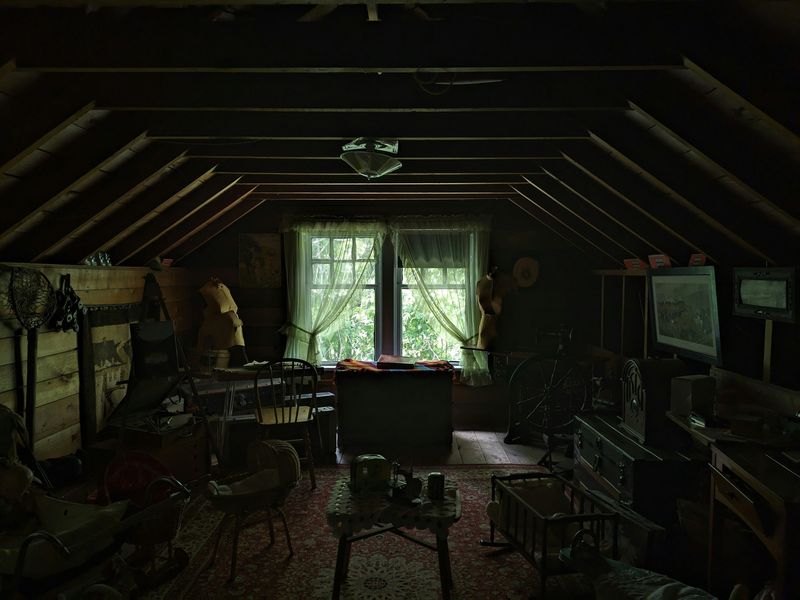
Unfinished spaces served crucial household functions. Attics stored seasonal items, trunks of clothing, and family heirlooms under the eaves, often accessed by pull-down stairs or narrow permanent staircases.
Households rotated seasonal wardrobes between attic storage and active use. Winter coats and Christmas decorations spent summers carefully packed away, while summer clothing and screen doors wintered in these unheated spaces, maximizing limited home square footage.
22. Home Medicine Cabinets
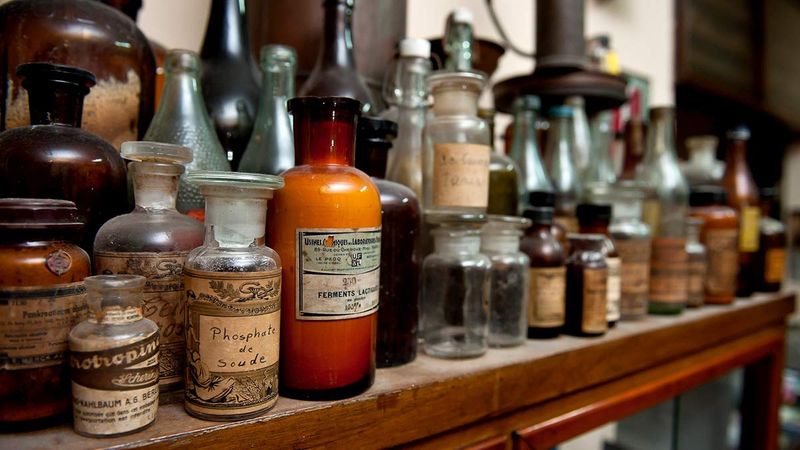
Self-care relied heavily on home remedies. Medicine cabinets contained mysterious bottles of tinctures, poultices, and homemade treatments alongside limited commercial products like aspirin or cod liver oil.
Families treated most illnesses at home. Doctor visits were reserved for serious conditions, making these modest collections of remedies essential for everyday healthcare before antibiotics and modern pharmaceuticals transformed medical treatment.


